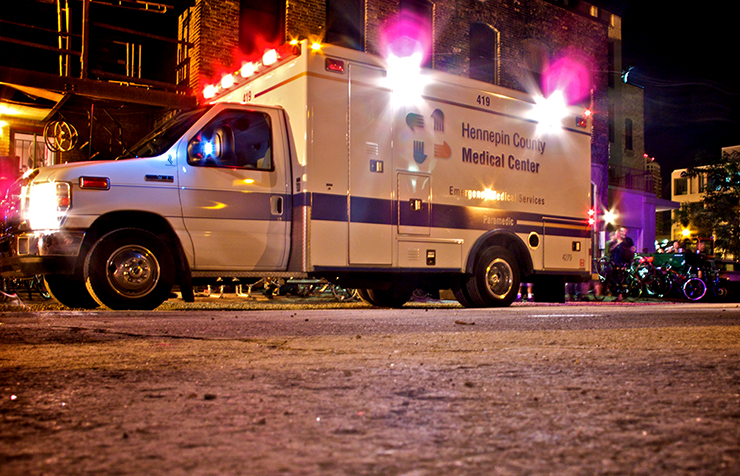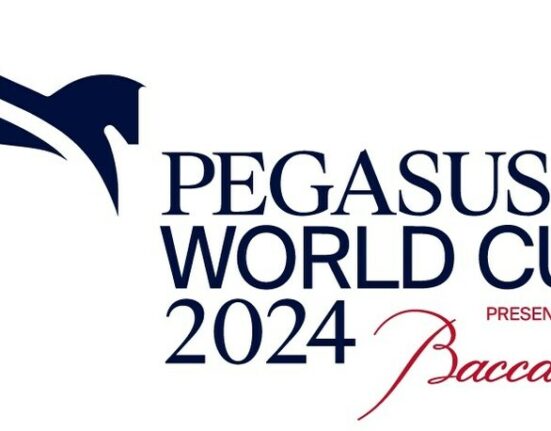In the symphony of emergency response, where every second counts, the wail of an ambulance is a poignant reminder of the vital role played by Emergency Medical Services (EMS). These often-unsung heroes, paramedics and EMTs racing against time to save lives are the backbone of our health care system. Yet, despite their crucial role, ground ambulance services find themselves navigating treacherous terrain marked by funding shortfalls and a critical shortage of skilled personnel.
Ground ambulance services are facing a chronic lack of funding. Emergency medical response is expensive, requiring state-of-the-art equipment, ongoing training and a fleet of well-maintained ambulances. The very services responsible for saving lives often struggle to secure the financial support necessary for their operations.
While some ground ambulance services receive funding through local government, most are reliant on insurance reimbursements and user fees. However, Medicare reimbursement rates are below the cost of providing care, and the disparity between Medicare reimbursement and the cost of services continues to grow. According to a recent analysis by the Minnesota Emergency Services Regulatory Board, 62% of all ambulance service billables in our state are billed to either Medicare (42%) or Medicaid (20%) and Minnesota ambulance services were unable to collect more than $380 million in billed charges due to the difference between ambulance service rates and Medicare rates.
Moreover, the EMS workforce shortage is an alarming concern. The demanding nature of the job, coupled with comparatively lower pay and sometimes inadequate support systems, contributes to a scarcity of skilled professionals. Paramedics and EMTs find themselves stretched thin, working long hours under stressful conditions. Workforce shortage consequences are profound, resulting in delayed response times, increased burnout, and a compromised ability to provide timely and effective care.
In addition, the EMS Regulatory Board estimates that EMS volunteers across Minnesota contribute over $50 million in unpaid labor to our EMS system. These volunteers are an essential part of emergency response and are greatly appreciated, but this level of volunteer support is unsustainable.
We need policymakers to prioritize the critical importance of investing in ground ambulance services. A well-funded and adequately staffed EMS system is not a matter of convenience; it is a matter of life and death. The ripple effects extend beyond the immediate realm of emergency response, influencing our overall health and well-being.
First, addressing the funding issue is paramount. Governments at all levels must allocate sufficient resources to ground ambulance agencies, ensuring they have the necessary tools and infrastructure to deliver optimal care. This includes maintaining and updating ambulance fleets and providing continuous training for EMS personnel.
Simultaneously, efforts must be made to address the workforce shortage. Competitive wages, good benefits and supportive work environments are essential components of attracting and retaining skilled professionals. Initiatives such as scholarship programs and partnerships with academic institutions can also play a crucial role in cultivating the next generation of EMS professionals. Minnesota made some progress in this area during the 2023 legislative session, but more support is needed.
Communities, too, play a key role in supporting local ground ambulance and EMS providers. Public awareness campaigns can educate citizens about these challenges and the importance of timely emergency response. Grassroots efforts, such as volunteering and community outreach programs, can help bridge the gap and foster a sense of collaboration between EMS providers and the communities they serve.
Recently the Minnesota Ambulance Association, the Minnesota State Fire Chiefs Association and other stakeholders came together with the League of Minnesota Cities to create the Minnesota EMS Delivery and Sustainability Task Force. We are working together to address these challenges and present recommendations for the 2024 legislative session. We are committed to bringing actionable plans to lawmakers to make progress on these critical issues.
Michael Juntunen Michael Juntunen
The importance of ground ambulance and EMS services cannot be overstated, yet their struggles with funding and workforce shortages persist. By investing in ground ambulance services and EMS providers, we invest in the safety and well-being of our communities, recognizing that every second saved by a swift and well-equipped response team is a second gained in the fight for life. It’s time to amplify the sirens of change and ensure that our EMS heroes can continue their life-saving mission unhindered.
Michael Juntunen is president-elect of the Minnesota Ambulance Association and coordinator for Community Paramedicine for the Mayo Clinic.






